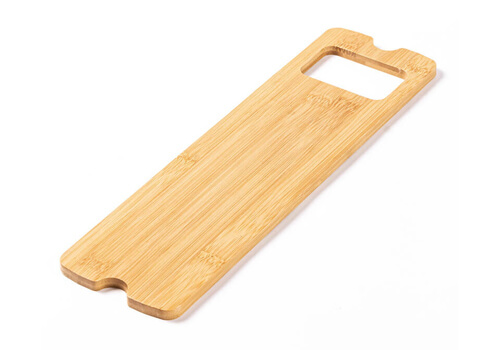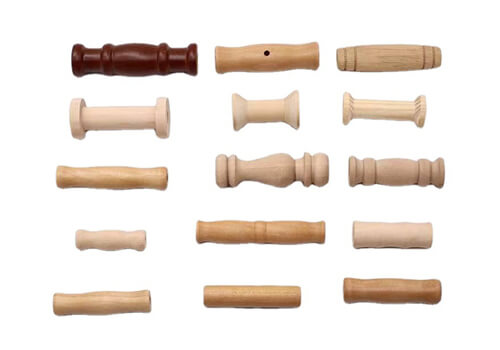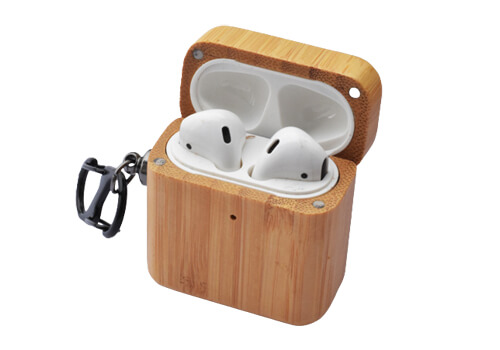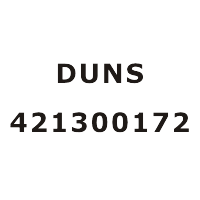WoodWork CNC Machining
Table of Contents
ToggleMany customers require special materials for their projects, often necessitating CNC processing. Given the similar CNC processing methods for both bamboo and wood, we have specifically equipped our facilities with CNC machines tailored for these materials.
Despite the similarities in processing methods, mastering the unique characteristics of bamboo and wood has required extensive study and experience. Through diligent research and practice, we have become proficient in the complete production process of complex bamboo and wood products, from material selection and process formulation to surface treatment and post-treatment.
Our focus is on producing crafted bamboo and wood components. This demands a level of processing accuracy and stability far beyond that of traditional bamboo and wood product manufacturing, reflecting our commitment to quality and commiment in every part we create.
What Bamboo/Wood Can Be Made for?

Bamboo wood components made by CNC woodworking have a wide range of applications across various industries, including:
1) Mechanical parts
2) Electronic product casings
3) Furniture components
4) High-speed rail and ship parts
5) Medical device components
6) Aircraft components
Why Bamboo Wood is An Outstanding Material for Making Parts?
Bamboo wood is an excellent material for making parts for several reasons:
1) Sustainability: Compared with other hardwoods, bamboo is a rapidly renewable resource, growing much faster than traditional wood species. Thus, it’s an environmentally friendly choice.
2) Flexibility and Resilience: Bamboo’s natural flexibility allows it to absorb impacts without breaking, which is an idea consideration for parts that may undergo stress or shock.
3) Strength and Durability: Bamboo has a high strength-to-weight ratio, as strong as or stronger than many hardwoods. It ensures long-lasting performance from its durability.
4)Lightweight: From density aspect, bamboo is lighter than many traditional woods and metals, which is advantageous in applications where weight is a critical factor, such as in aircraft or high-speed rail components.
5)Versatility: Bamboo can be processed into various forms, such as veneers, composites, and solid sections, making it suitable for a wide range of applications.
6)Aesthetic Appeal: Bamboo has a unique, attractive grain and texture, desirable for visible components in furniture, electronics, and other products where appearance plays an important role.
7)Thermal Stability: Bamboo has good thermal properties, making it suitable for electronic casings and components requiring good heat dissipation.
8)Workability: Bamboo is easy to machine and shape using CNC equipment, therefore, it can be made for precise and complex designs.
9)Cost-Effective: Compared to many hardwoods and metals, bamboo is relatively inexpensive, providing a cost-effective alternative without sacrificing quality.
10)Insulation: Bamboo is an excellent insulator, making it ideal for applications where electrical conductivity is not required.
These qualities make bamboo wood a versatile and highly desirable material for a wide range of parts and applications.
What Is Woodworking CNC Precedure?
The production process of wood products generally includes material cutting, manual or mechanical processing, gluing and pressing, assembly and decoration. Sometimes it also includes drying and heating of wood. The composition of the general processing of wood products is shown as below.

This article will provide a brief overview of the key steps involved in the CNC woodworking and processing of wood products.
1. Material preparation


A wood product made of custom wood cnc service is composed of several parts, and the specifications, dimensions and materials of these parts are usually different. According to the dimension and quality requirements specified in the drawing. The process of cutting raw materials or man-made board into raw materials of various specifications is called material preparation. This is the first process of wood cnc machining.
During material preparation, the technical indication such as tree species, texture, specification and moisture content of the materials used for each component shall be reasonably determined according to the quality requirements of the product and the different positions of the part to be assembled into the product. At the same time, during sawing, the specification of sawn timber or man-made board must be reasonably selected according to the machining allowance value to be left in the next step, so as to make full use of materials and improve production efficiency.
According to statistics. In the production of wooden products, the volume consumed by machining allowance accounts for about 12% of the volume consumed, accounting for about 5% ~ 6% of the total product cost. Excessive machining allowance caused by improper material preparation will not only consume more materials, but also increase the consumption of processing equipment and energy, and reduce production efficiency.
Therefore, material selection and preparation in the whole process is a key issue that can not be ignored by wood CNC company.
2. Drying

Wood must be dried before processing to meet moisture requirements, ensuring that the final product is firm, flat, attractive, and durable before woodworking CNC.
Drying wood improves its machinability and mechanical properties while preventing damage from wood rot fungi, deterioration, and decay. Additionally, drying reduces the wood’s weight, making it easier to transport.
During the drying process, wood constantly changes due to its properties and moisture content. Uneven shrinkage, or inconsistent tangential and radial shrinkage, can alter the wood’s original dimensions, causing deformation, warping, twisting, or even cracking. Therefore, selecting an appropriate drying method based on the tree species and size is essential.
Wood drying methods fall into two categories: natural drying and artificial drying.
Natural drying involves exposing wood to natural conditions such as airflow and sunlight. This method requires simple equipment and is easy to operate and low cost. However, it requires a large drying area and a long time, with drying quality sometimes compromised by changing natural conditions.
Artificial drying shortens the wood drying cycle but requires specialized equipment. Methods include kiln drying, infrared drying, high-frequency dielectric drying, microwave drying, and solar drying.
3. CNC Machining Of Parts

CNC Machining of part refers to the further processing of the raw materials obtained by material cutting to have the correct geometric shape and section size, and the final finishing of the surface by polishing and sanding.
1) Wood CNC Machining of datum and relative surfaces
In order to obtain the correct shape, size and smooth surface of components, and ensure the accurate positioning of subsequent machining, it is necessary to process the reference surface of raw materials.
It is the dimension datum for subsequent machining. Datum surface includes plane (large surface), side (small surface) and end face, etc. The datum plane can be machined by hand or on a planer or milling machine.
After the datum surface is machined by wood CNC, other surfaces can be machined based on the datum surface. So as to finally obtain the wood parts that are flat, smooth and conform to the shape and size specifications of the technical requirements.
(2) CNC Machining of tenon and mortise hole
Tenon is one of the most common basic combination way in woodwork structures. If such a combined part is adopted, related parts must be provided with tenons and mortise holes respectively.
The tenon processing quality directly affects the bonding strength and performance quality of finish products. Tenon is the machining datum and assembly standard of subsequent processing, which ensures the finished parts and products can achieve initial required machining accuracy.
4. Assembly


According to the structural assembly drawings and design specifications, the process of combining various components into parts or assembling parts into finished wood products is known as assembly.
For wood products with simple structures and straightforward production processes, components can be directly assembled into finished products. However, for more complex wood products, components are first assembled into parts. These parts are then allowed to cure, after which they may undergo further repair or processing before being finally assembled into the complete wood product.
5. Surface Treatment and Finishing of Wood Products

After the wood products are made, the surface needs to be painted and colored to improve the surface quality and anti-corrosion and enhance the aesthetic appearance. The surface finishing of wood products usually includes wood surface treatment, coloring and painting.
(1) Surface treatment
The surface treatment depends on the content and purpose of the operation process, including the removal of dirt, glue marks, wear debris, turpentine, cracks, holes, pits and other defects on the wood surface.
(2) Wood coloring
Wood coloring usually refers to the surface treatment for transparent decoration on the surface to maintain the effect of wood grain texture. This is one of the main decorative means of wood products. The common application of coloring is to apply water powder or oil powder on the surface after cleaning, greasy leveling and sanding.
(3) Finishing paint
After the surface treatment of wood products is completed, the primer and finish can be painted by hand or spraying.
According to the needs of surface decoration and color design, the top coat can be paint or varnish. Alkyd resin paint and amino resin paint have better decorative performance, and phenolic resin paint has better protective performance.
There are many kinds of topcoats available for wood products. When selecting the finish paint, relative grade of paint variety shall be selected according to the requirements of the decorative quality of wood products.
Bamboo Wood Product Gallery












Manufacture Services:
Fast Quote Within 12 Hours!

For inquiry or questions, please send your message, we’ll respond soon!






